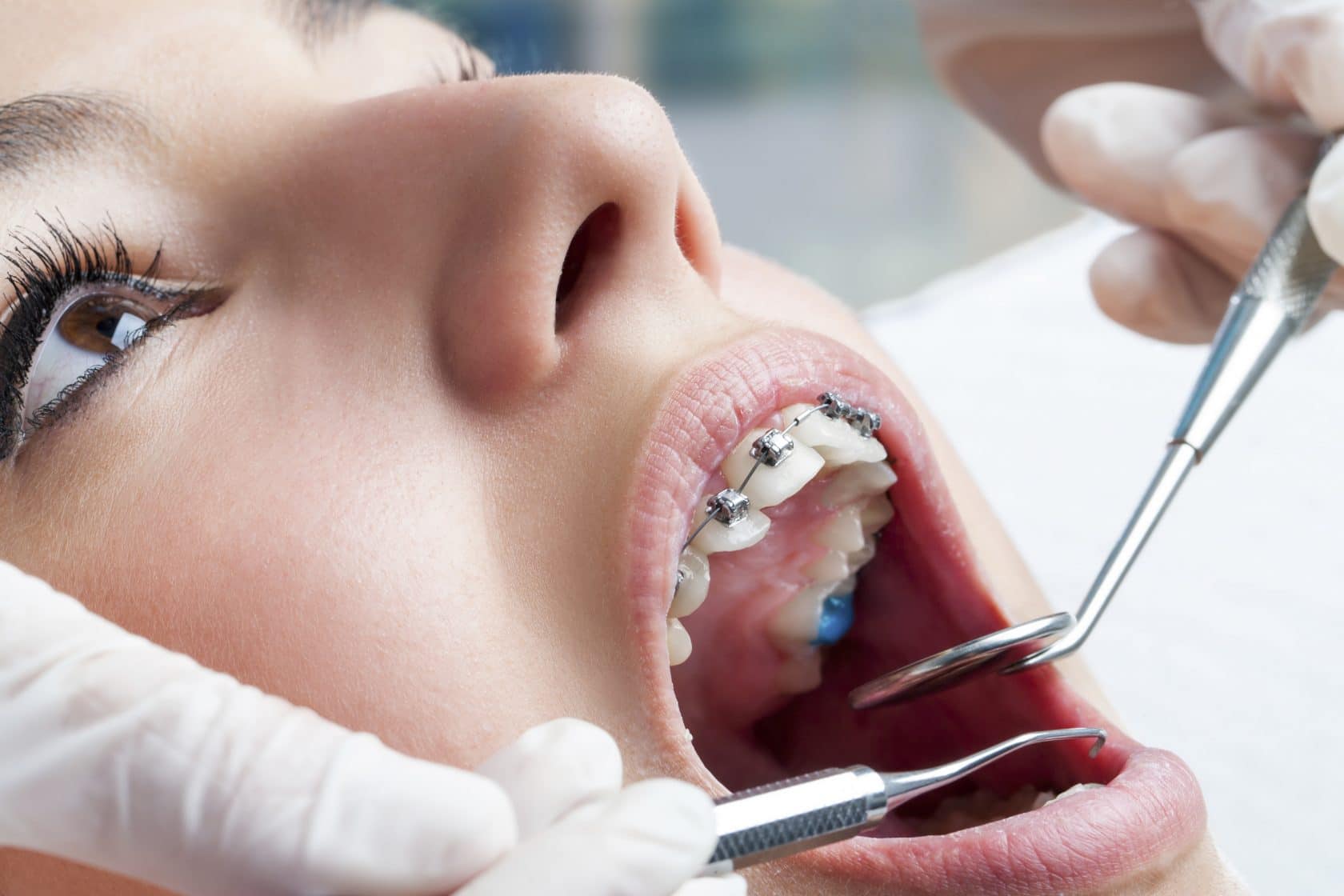Finding the Right Cumming Orthodontist for Your Braces and Aligners Requirements
Finding the Right Cumming Orthodontist for Your Braces and Aligners Requirements
Blog Article
Comprehensive Overview to Orthodontics Treatments for Correcting Dental Misalignments
In the realm of orthodontics, the journey to achieving a completely aligned smile includes a myriad of treatments customized to remedy oral imbalances. From traditional dental braces to undetectable aligners and also medical choices, the field of orthodontics provides a range of options to deal with varying levels of oral abnormalities. Recognizing the intricacies of each treatment, including their mechanisms, benefits, and prospective downsides, is essential in making notified choices regarding one's orthodontic treatment. As we browse via the comprehensive guide to orthodontic treatments for fixing oral imbalances, the intricate details of each approach will unfold, shedding light on the course towards a unified and useful oral positioning.
Orthodontic Procedures Introduction

Regular adjustments and surveillance are crucial parts of orthodontic therapy to make sure progress is on track and to make any kind of needed modifications along the method. By undergoing orthodontic procedures, individuals can not only attain a straighter grin however likewise improve their overall oral wellness and function.
Typical Braces: How They Function
When taking into consideration orthodontic therapies for oral misalignments, standard dental braces stand out as a time-tested technique for dealing with teeth placing. Typical braces contain brackets, cables, and bands that interact to use continuous pressure on the teeth, slowly moving them right into the wanted positioning. The braces are affixed to the teeth using an unique adhesive, and the wires are threaded through the braces. By readjusting the tension of the cables, orthodontists can regulate the direction and pressure applied to each tooth, guiding them right into proper placement gradually.
As stress is used to the teeth with the braces, the bone bordering the teeth is improved to sustain the new tooth settings. Individuals will require routine modifications at the orthodontist's workplace to make certain the dental braces proceed to apply the proper pressure for efficient teeth motion.
Unseen Aligners: Disadvantages and pros
These clear, customized trays are basically unnoticeable when put on, making them an appealing option for people looking for a much more cosmetically pleasing orthodontic treatment. People can get rid of the aligners prior to eating or brushing their teeth, lowering the threat of food obtaining stuck in the home appliance and streamlining the cleaning process.

Surgical Orthodontic Options
Surgical interventions in orthodontics present feasible options for resolving complex dental imbalances that might not be properly resolved with traditional orthodontic therapies. While unseen aligners and conventional braces can deal with many orthodontic issues, certain instances require surgical intervention to attain optimal outcomes. Surgical orthodontic alternatives are usually advised for extreme malocclusions, substantial jaw disparities, and instances where the underlying bone framework requires adjustment to achieve correct alignment.
One typical medical orthodontic treatment is orthognathic surgery, which includes repositioning the jaws to deal with functional concerns such as trouble speaking or eating. This surgery is often performed in cooperation with an orthodontist who helps straighten the teeth prior to and after the procedure. Surgical orthodontics might likewise entail procedures to reveal influenced teeth, get rid of excess periodontal cells, or improve the jawbone to create a much more unified facial profile.
Before considering surgical orthodontic options, people go through a detailed analysis to establish the requirement and prospective advantages of such treatments. aligners. While surgery might appear challenging, it can considerably improve both the feature and aesthetics of the smile in situations where conventional orthodontic treatments drop short
Retainers and Post-Treatment Treatment

Post-treatment care entails following the orthodontist's directions vigilantly. This might consist discover this info here of correct oral hygiene practices, attending follow-up consultations, and putting on the retainers as suggested. Failing to follow post-treatment care guidelines can cause regression, where the teeth slowly return towards their original positions. Constant retainer wear, great oral hygiene, and normal dental exams are important for maintaining the outcomes accomplished through orthodontic surgical treatment and making certain the long-lasting stability of the corrected dental alignment.
Conclusion
To conclude, orthodontic treatments provide different alternatives for correcting oral misalignments. Typical dental braces use metal brackets and cords to move teeth right into proper positioning. Unnoticeable aligners give an even more discreet choice but might not appropriate for all situations. Surgical orthodontic choices are offered for much more severe imbalances. Retainers are typically made use of post-treatment to maintain the new positioning. On the whole, orthodontic procedures can properly enhance oral health and wellness and visual appearance.
As we navigate through the extensive guide to orthodontic treatments for correcting dental imbalances, the elaborate details of each technique will certainly unfold, dropping light on the path toward a useful and unified oral alignment. - invisalign
One of the most usual orthodontic treatments is the use of braces, which are composed of steel braces and wires that use gentle stress to gradually move teeth into the desired placement.When considering orthodontic treatments for oral imbalances, standard braces stand out as a tried and true approach for fixing teeth placing. Additionally, undetectable aligners might not be suitable for intricate orthodontic problems that call for even more significant teeth movement, as they are usually recommended for light to modest situations. Retainers are tailor-made orthodontic gadgets designed to hold teeth in their remedied settings after the conclusion of orthodontic therapy.
Report this page